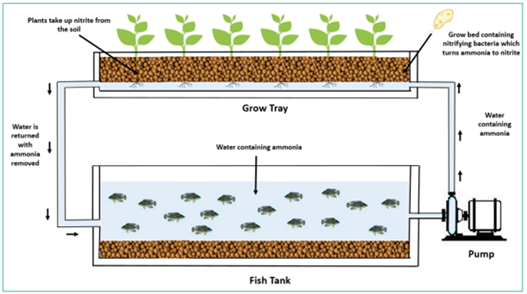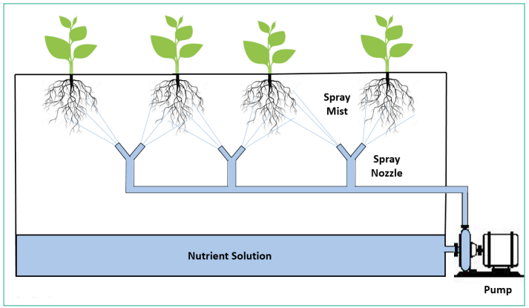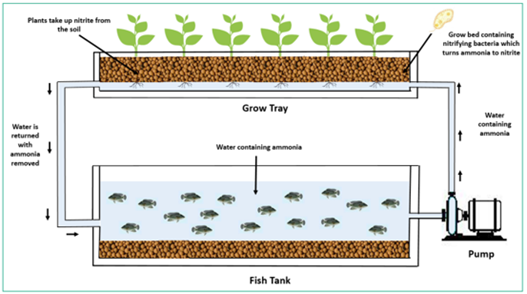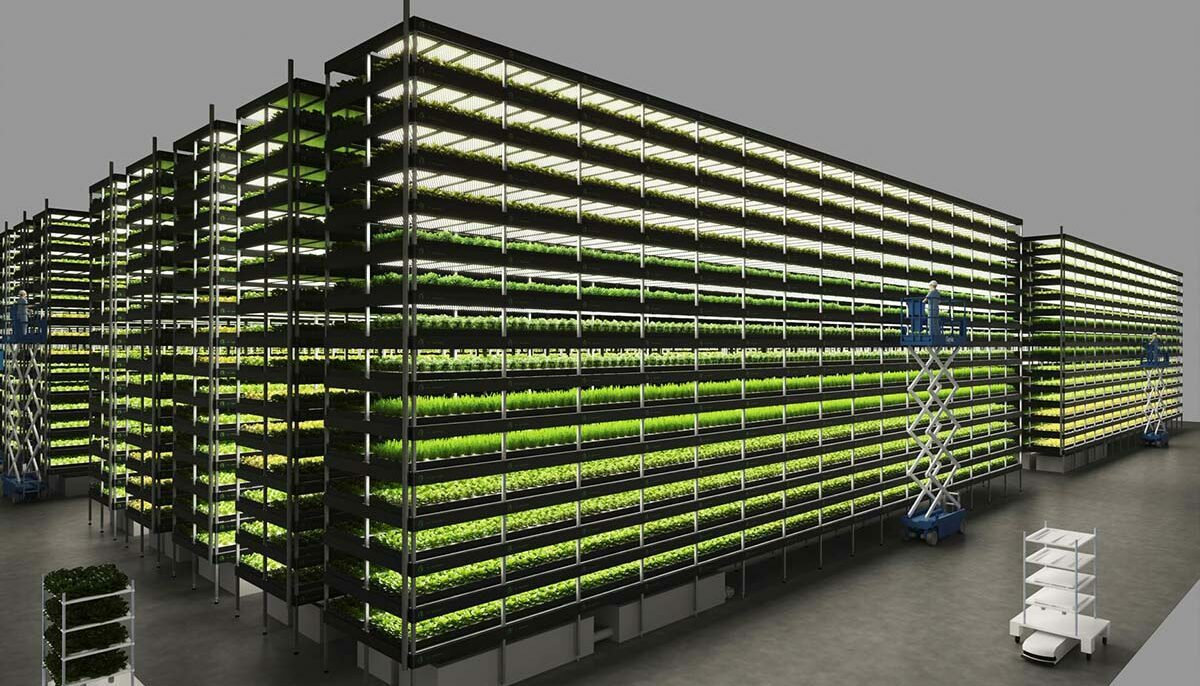You must have come across the term ‘vertical farming‘ throughout the years. The technology began with a farming method known as hydroponics, sometimes also known as farming without soil, in which the roots are grown in a liquid nutrition solution and are grown vertically to save space. Greenhouses were utilized since these plants could be exposed to excessive cold or heat, which would be detrimental to their growth. How scalable is vertical farming?
Vertical farming has been scaled thanks to the application of Artificial Intelligence (AI) TECHNOLOGY, and it has piqued the interest of many countries concerned with food supply and environmental impact reduction.
How does it work?
Yes, we can now produce strawberries in the Sahara Desert.
Vertical farming uses three general processes:



User Demand
Vertical farming is no longer an explored option in many regions of the world; it has become a necessity to meet supply and demand. Vertical farming provided solutions to issues such as:
- All year production
- Unaffected by weather
- Better/maximize use of space
- Minimize usage of water
- Environmentally friendly
- Absolutely no chemicals or pesticides used
- Reduced transportation costs
- Energy saving
- Lower labour cost
- Safer working environment
Market Size
| Region | Size | Source |
| Asia Pacific | Valued at USD 0.78 billion in 2021, estimated to grow at a CAGR of 29% to USD 2.77 billion by 2026 | Source: Market Data Forecast – Asia Pacific Vertical Farming Market |
| Europe | Valued at USD 0.85 billion in 2021, estimated to grow at a CAGR of 22% to USD 2.31 billion by 2026 | Source: Market Data Forecast – Europe Vertical Farming Market |
| North America | Valued at USD 0.93 billion in 2021, estimated to grow at a CAGR of 24% to USD 2.73 billion by 2026 | Source: Market Data Forecast – North America Vertical Farming Market |
| Middle East & Africa | Valued at USD 0.57 billion in 2021, estimated to grow at a CAGR of 26.4% to USD 1.86 billion by 2026 | Source: Market Data Forecast – Middle East & Africa Vertical Farming Market |
According to Grand View Research, the current market size of vertical farming is USD 5.37 billion in 2022, with an anticipated market size of USD 33.02 billion by 2030.
Is the Technology ready for an average user/farmer?
I believe it is more a matter of financial preparation than of readiness or how tech-savvy a user or farmer is. Is the initial cost affordable to the typical user or farmer? While technology advances on a daily basis, a few technology companies have developed vertical farming management solutions that automate the process and require very little human intervention on a daily basis.
According to Infosys one of the largest Technology companies in the world, the need to automate or manage vertical farming is no longer a concern; instead, economies of scale is what will propel vertical farming forward.
VSNi statistical software built by industry experts, which has decades of experience supporting agriculture industries with volume production, could be the solution to this problem.


